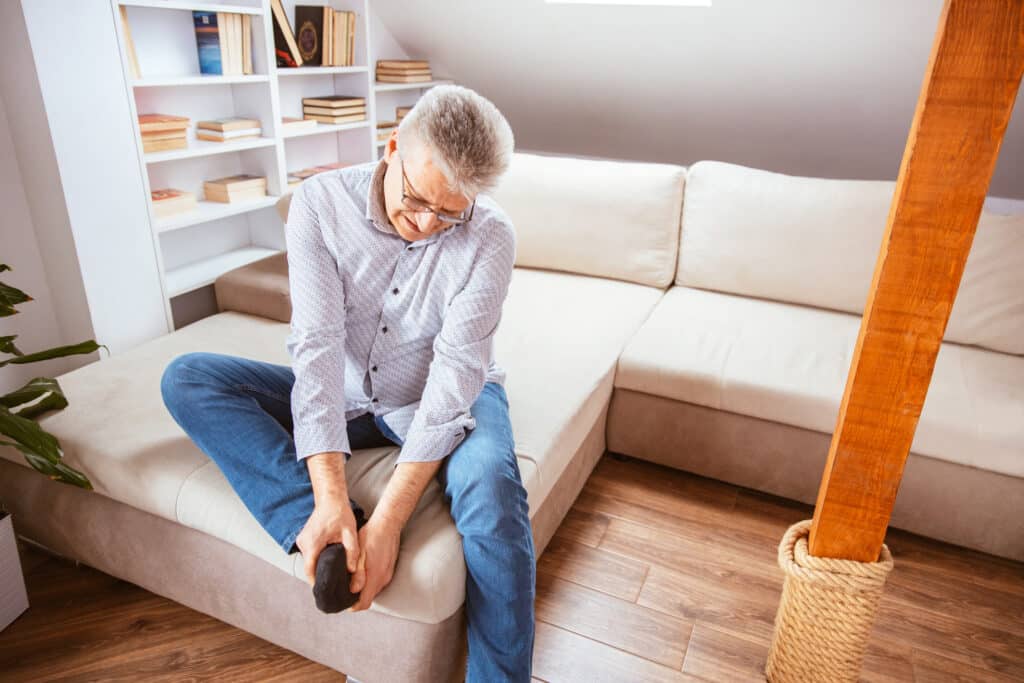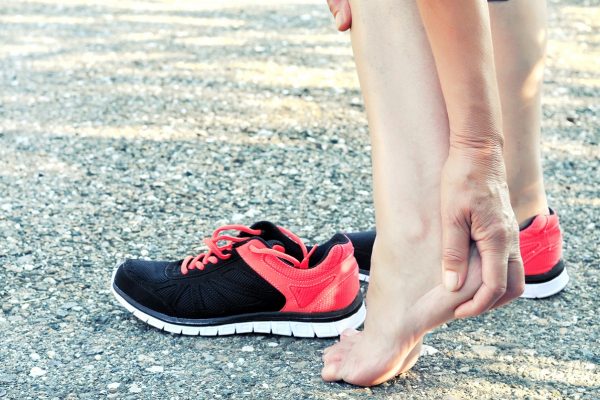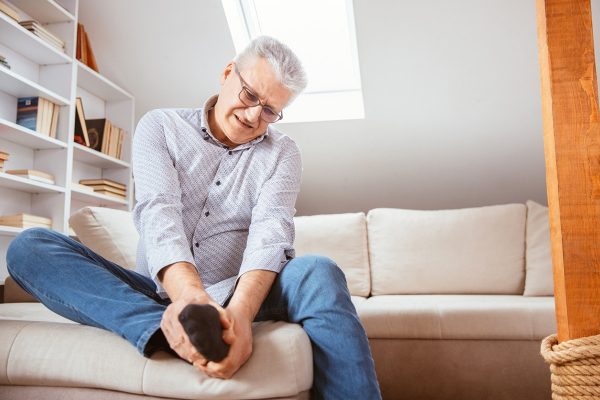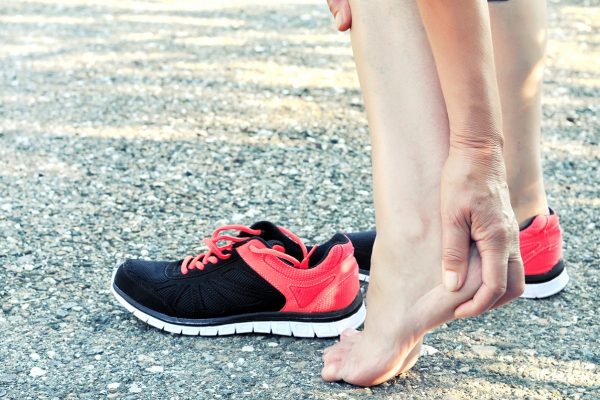
Heel Fat Pad Syndrome is a condition that can cause pain and discomfort in the heel area. The fat pad under the heel bone helps absorb shock and distribute pressure during walking or standing. However, when this fat pad becomes thin or damaged, it can result in inflammation and pain. If you are suffering from Heel Fat Pad Syndrome, you may be wondering if the pain is constant or if it comes and goes. In this blog post, we will explore whether Heel Fat Pad Syndrome hurts all the time.
Heel Fat Pad Syndrome does not always hurt all the time. The level of pain can vary depending on several factors such as activity level, footwear, and body weight. For example, people who engage in high-impact activities like running or jumping may experience more pain than those who do less strenuous activities like walking or standing for long periods.
The type of footwear worn can also affect the level of pain experienced by individuals with Heel Fat Pad Syndrome. Shoes with minimal cushioning and support can exacerbate heel pain while shoes with good arch support and padding can help reduce symptoms.
Additionally, body weight plays a role in how much pain an individual experiences with Heel Fat Pad Syndrome. People who are overweight place more pressure on their feet when standing or walking which can increase heel pain.
Physiotherapists and chiropractors are professionals who can help alleviate symptoms associated with Heel Fat Pad Syndrome through various treatments such as stretching exercises, massage therapy, taping techniques, and custom orthotics. These treatments aim to reduce inflammation and improve the function of the fat pad under the heel bone.
It is essential to seek treatment as soon as possible if you suspect you have Heel Fat Pad Syndrome as leaving this condition untreated for an extended period can result in prolonged discomfort and even permanent damage to the fat pad since it can be hard for heel fat pad syndrome to go away on its own.
In conclusion, the level of pain experienced by individuals with Heel Fat Pad Syndrome can vary depending on factors such as activity level, footwear, and body weight. Seeking treatment from a physiotherapist or chiropractor is essential to alleviate symptoms associated with this condition so you can live a long life with heel fat pad syndrome. With proper treatment, individuals with Heel Fat Pad Syndrome can experience reduced pain and improved function in their daily lives. Don’t let heel pain hold you back; seek professional help today!




